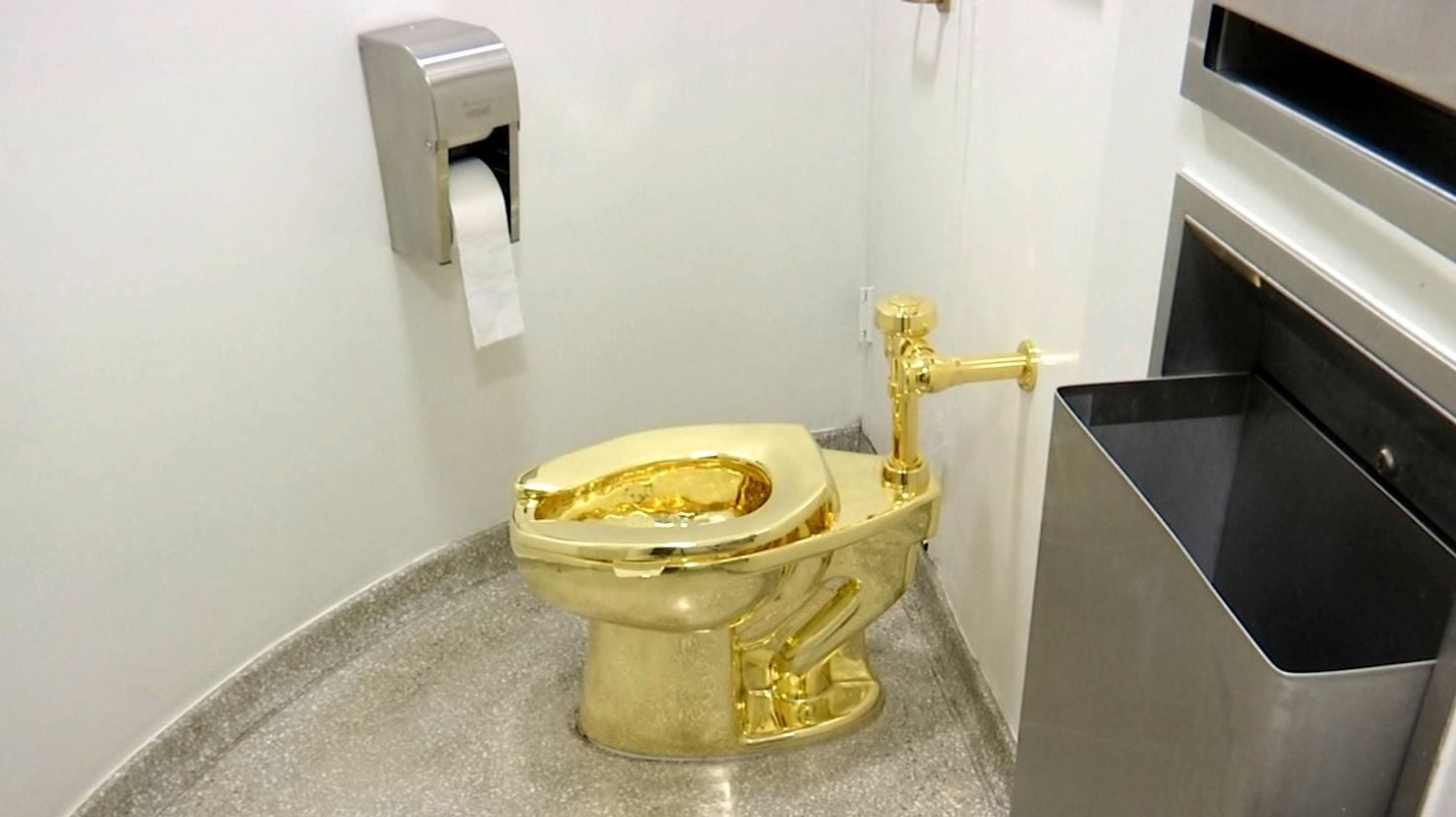It would take 100 pees to make the world’s first human-urine brick
Bricks play a crucial role in the construction industry, add a distinct aesthetic to homes, and now can also be made of human urine.


Bricks play a crucial role in the construction industry, add a distinct aesthetic to homes, and now can also be made of human urine.
On Oct. 24, the world’s first “bio-brick” grown from human urine was unveiled by Suzanne Lambert, a master’s student in civil engineering at the University of Cape Town in South Africa. Lambert and her fellow students combined urine, sand, and bacteria to produce an enzyme, urease, that eventually helped the concoction solidify. In a press release, Dyllon Randall, a senior lecturer in water quality engineering at UCT and the students’ supervisor, said that this process is similar to the way seashells are formed.
The bio-brick is deceptively grey in color, but that doesn’t mean it didn’t take a lot of urine to make. (UTC used male urine collected from specially designed urinals.) According to the BBC’s calculations, a bio-brick needs between 25 to 30 liters of urine to grow, and since humans produce up to 300 ml on average per pee, it would take 100 toilet breaks to make a standard-sized brick, although the bricks can vary in shape and size.
That might seem like a lot, but most of that urine is used to produce about 1 kg (2.2 lbs) of fertilizer as a byproduct. Randall called urine “liquid gold” because while it makes up less than 1% of domestic waste water by volume, within such water it accounts for 80% of the nitrogen and 63% of the potassium—essential fertilizer ingredients. And while regular bricks need to be kiln-fired at temperatures of 1,400°C (2,552°F) and produce carbon dioxide in the process, the urine bio-bricks don’t need heat.
“Given the progress made in the research here at UCT, creating a truly sustainable construction material is now a possibility,” Vukheta Mukhari, a student who worked with Lambert, told the Guardian.
Randall hopes that the human-urine project will change the way society views waste and the upcycling of waste, because the bio-bricks are hardy and practical, too. The strength of the brick will increase “the longer you allow the little bacteria to make the cement,” Randall said, exceeding even that of some limestone bricks (which are commonly used in masonry).
The only issue, Randall admitted to the BBC, is that the process is much smellier, and it takes 48 hours for the bricks to lose their ammonia smell. Still, these bio-bricks pose no health risks and the process turns pee into three useful products—nitrogen, potassium, bricks—with effectively zero waste.